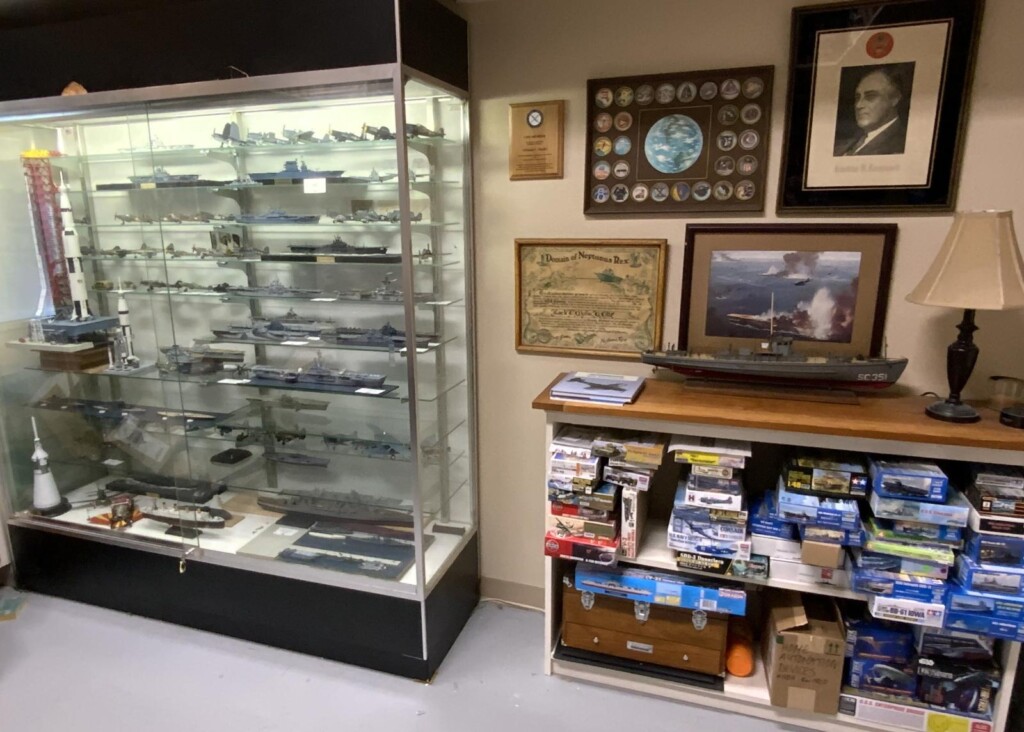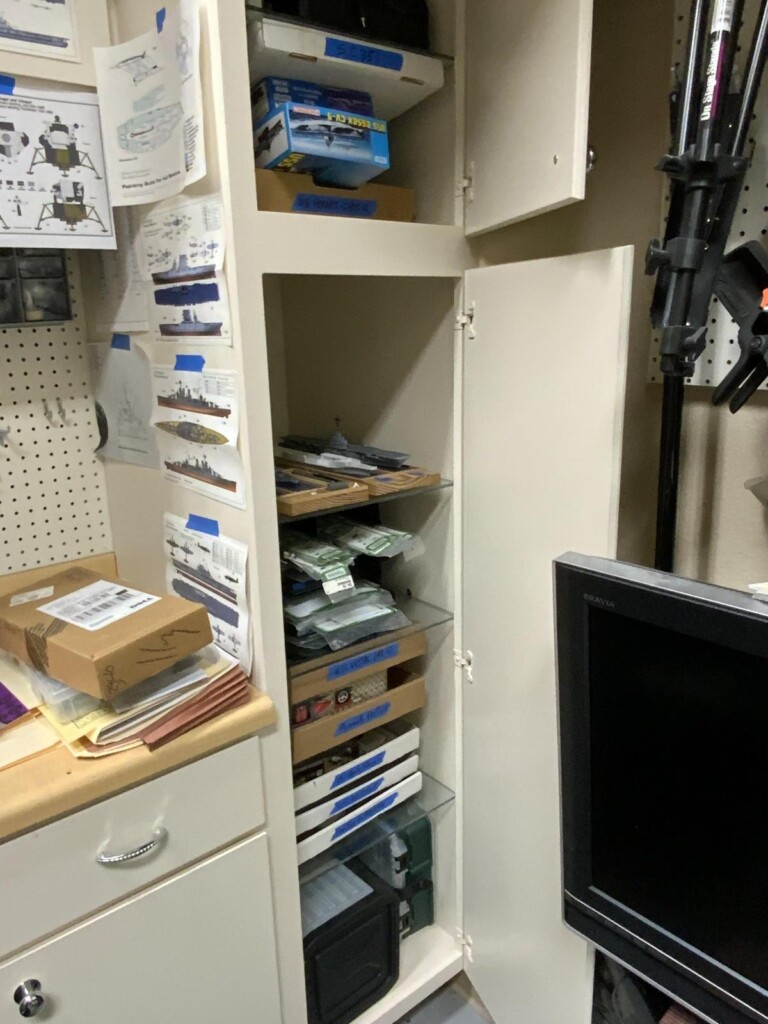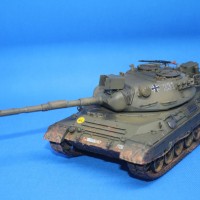Scale Modeling Organization, Database, Task Lists and Posting
It's a sickness. It really is. But part of the enjoyment I get out of puttering in my study (and attached model workshop) is organizing my materials. For years I have had relational databases of my library and my files, and I recently started the same sort of thing for my models.
Like many scale modelers, I buy far more kits than I build. The other day I was scanning my current list of projects and realized I had over 70 - and that wasn't even a complete list. I realized I needed to (okay, okay, I "wanted" to) organize the hobby a bit more. (Oh, did I forget to mention I also have a database of my model paints? Have to know how many FS 36118 I have, indexed by manufacturer and type).
Anyway, here's the process I follow now for a hypothetical kit.
Purchase
Follow purchase I enter the kit in the Excel spreadsheet with basic information (unique model #, type, manufacturer, etc.) and create a project in ToDoist and enter a to-do tagged as "Models" so I can review a list of model projects. I also add the kit to my stash in Scalemates, and start a project for the build.
The actual kit goes on the "to be built" shelves on the right.
Plan and Execute the Build
I add task items in the project in ToDoist, which are then viewable in a view "Model Tasks" as well as in the project itself. For simplicity's sake, let's assume I have not created a build album in Scalemates and am not doing interim posts on social media or modeling websites. But I am saving build photos into a dedicated album under "Models" in Dropbox. (Research materials go in a dedicated album under "Research" in DropBox).
As far as the physical model, I might build it out of the box on the workbench, out of a "build tray", or if it's a ship, out of one of my build docks. When I'm not working on it, it'll go back in the box in the "to be built" shelves, on a shelf in the display cabinet, or in the display trays / build docks cabinet
Project Completion
No job is finished till the paperwork is done. Once the actual model is complete, I create a label for it in Publisher and find a place for it in the display case. The "model" entry in ToDoist is checked off and the ToDoist project is archived. The models spreadsheet has the completion date added, and the model is assigned a completion number - for example today's #17 became 23-11.
The actual model box and any leftover materials goes into one of my "completed model boxes" boxes, which are, of course indexed and logged in my file folders database.
In Scalemates, the project is marked complete and a final photo is added, along with a link to the personal weblog post about the build (see below). Again, I am not doing build albums in Scalemates any longer because of the time involved, but if it was, this would be when I would upload the final photos.
Posting
The next step sometimes feels more time consuming than the build itself. The build is documented in multiple locations.
Puttering in the Study
The first entry is a short essay, with selected pictures, in my personal weblog http://www.putteringinthestudy.com. The blog is where I want a permanent record of the build. Social media may come and go, but the blog will stay.
iModeler
The weblog post is then copied to to iModeler, along with the photos. If there is a build log in Scalemates, a link to it will be included in the post, so this one article will provide a link to everything about the build - and can be converted into a QR code to go along with the model.
The weblog post is then copied as a link to my stream in Facebook. Because I can't cross-post into groups, the link is added separately into a variety of different modeling groups, depending on the subject matter.
Other Social Media
I used to also copy the weblog link into other social media, such as Twitter, Mastodon, Post, or now, Threads. I am not doing that at present, but might resume once the social media landscape settles down.
That's it - the project is now done, preserved via my weblog, and it's recorded in numerous locations so other modelers can review it, and I have a record myself (in the form of a spreadsheet) of all of my work, sortable by numerous characteristics, including completion date.
I challenge anyone to find a more compulsive-retentive approach to scale modeling. But it works for me.






Great approach, Michael!
Very well organized approach, Michael @mcsmith1964
This post is deeply satisfying.
Very nice workspace and office, Michael. What kind of lighting did you use for your display cabinet?
The cabinet came with two fluorescent lamps. I probably should get replacements that are more color-balanced, but just haven't gotten around to it. I do have it plugged into a home automation plug so I can turn it on and off with an Alexa command, which is fun. Saves a lot of bending over.
Thank you Michael. Does the fixture sit on the glass on top or is it pre-mounted on the inside?
It's pre-mounted in the inside of the front.
You're correct Michael, it is a sickness, and one that has no known cure. Nice information.